Opening your own medical practice is both exciting and overwhelming. After years of training to become a doctor, you’re now faced with a completely different challenge: managing the financial side of healthcare. Understanding the basics of budgeting when starting a medical practice can be the difference between building a thriving business and struggling from day one.
Many physicians underestimate the actual costs of launching their practice. From equipment purchases to staff salaries, expenses can add up quickly. However, with careful planning and smart financial strategies, you can build a successful practice without drowning in debt.
Create a Comprehensive Startup Budget
Calculate all expenses for your first year, including large investments like medical equipment and smaller recurring costs such as rent, utilities, insurance, licensing, and marketing.
Categorize expenses into one-time startup costs and ongoing monthly expenses to understand initial capital needs and cash flow. Most practices should save six to twelve months of operating expenses before opening.
Secure Multiple Funding Sources
Relying on a single funding source risks your practice. While traditional bank loans are common, consider other options. Equipment financing spreads the cost of medical devices over years.
Physicians may partner with investors or seek SBA loans for better terms. Practice-specific loans designed for healthcare providers often offer more favorable conditions, as these lenders understand the unique challenges of medical practices.
Plan for Equipment Costs Strategically
Setting up an exam room on a budget can be challenging, but it’s achievable with creativity and smart shopping. Medical equipment often consumes a large portion of your startup budget, so it’s important to research both new and refurbished options for major purchases. Many reputable suppliers offer certified pre-owned equipment that works just as well as new items at a fraction of the cost.
Focus on essential items first, and consider leasing equipment instead of purchasing to free up capital for other expenses while still getting the tools you need. As your practice generates revenue, you can gradually invest in upgrades.
Monitor and Adjust Your Budget Regularly
Your initial budget serves as a roadmap, but circumstances change quickly in healthcare. Review your financial performance monthly and adjust projections based on actual results. This ongoing attention to the basics of budgeting when starting a medical practice helps you identify problems before they become major issues.
Track key metrics like patient volume, average transaction value, and collection rates. These numbers tell you whether your practice performs according to plan or needs strategic adjustments.
Achieve the “Impossible”
Building a successful medical practice may seem impossible, but it requires both clinical expertise and business acumen. By mastering the basics of budgeting and staying vigilant about your financial planning, you’ll position your practice for sustainable growth and long-term success while avoiding the common pitfalls that trip up many new healthcare practices.
- What financial risks worry you most about opening your own medical practice, and how might you address those concerns?
- How would you balance the desire for top-quality equipment with budget constraints in your startup phase?
- What strategies could help you maintain patient care quality while keeping costs manageable during your first year?
- How might you prepare financially for unexpected expenses or slower-than-projected patient growth?
- What role should financial advisors or business mentors play in your medical practice planning process?


